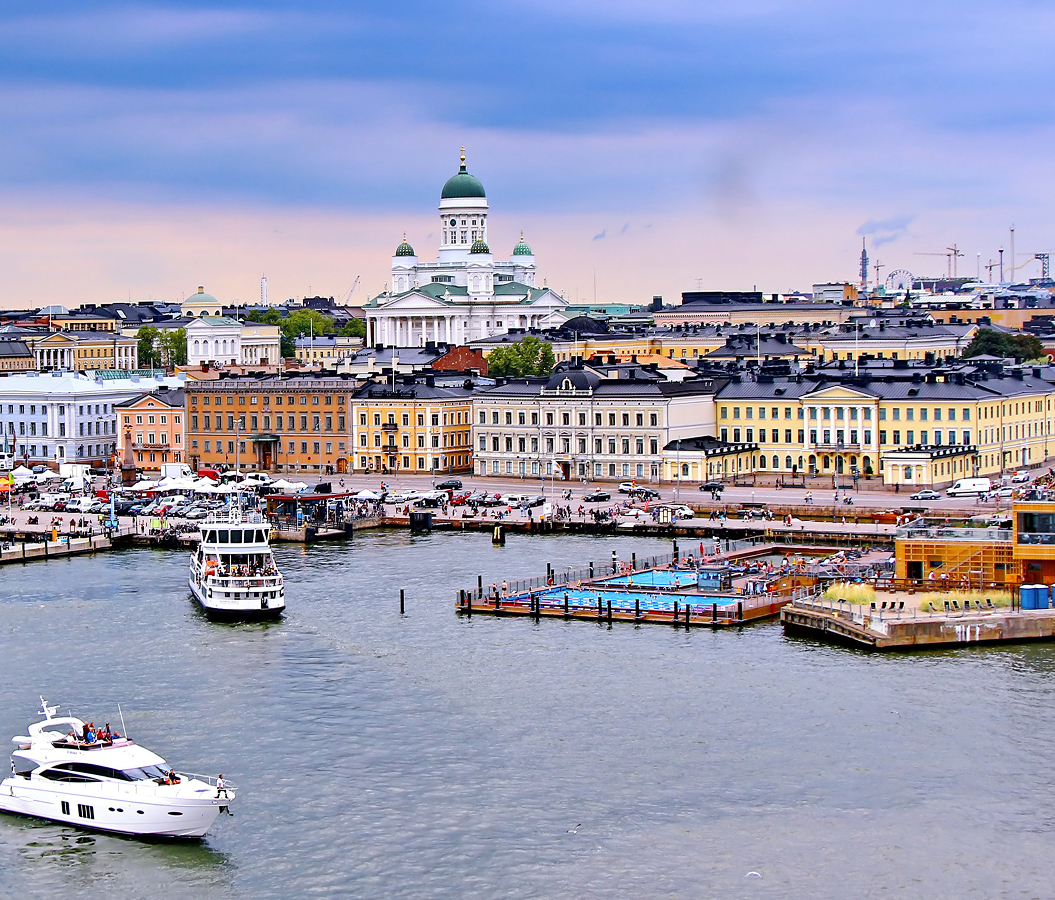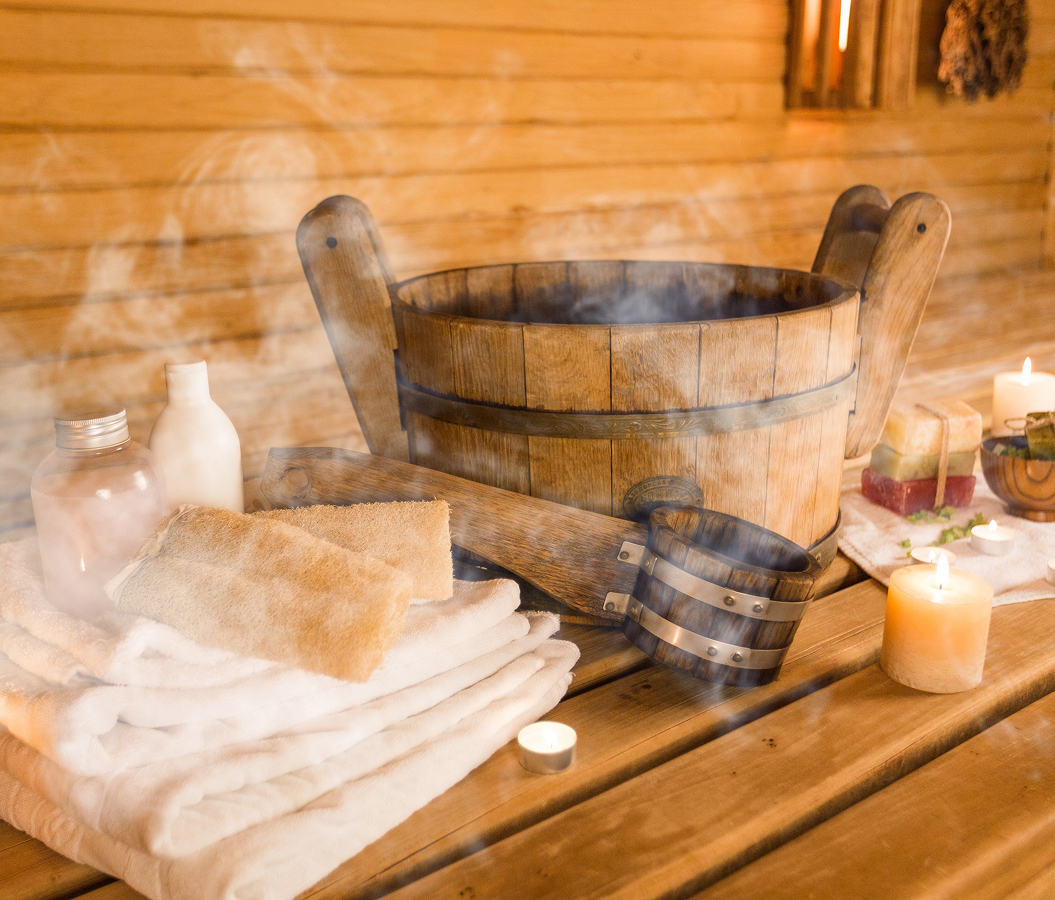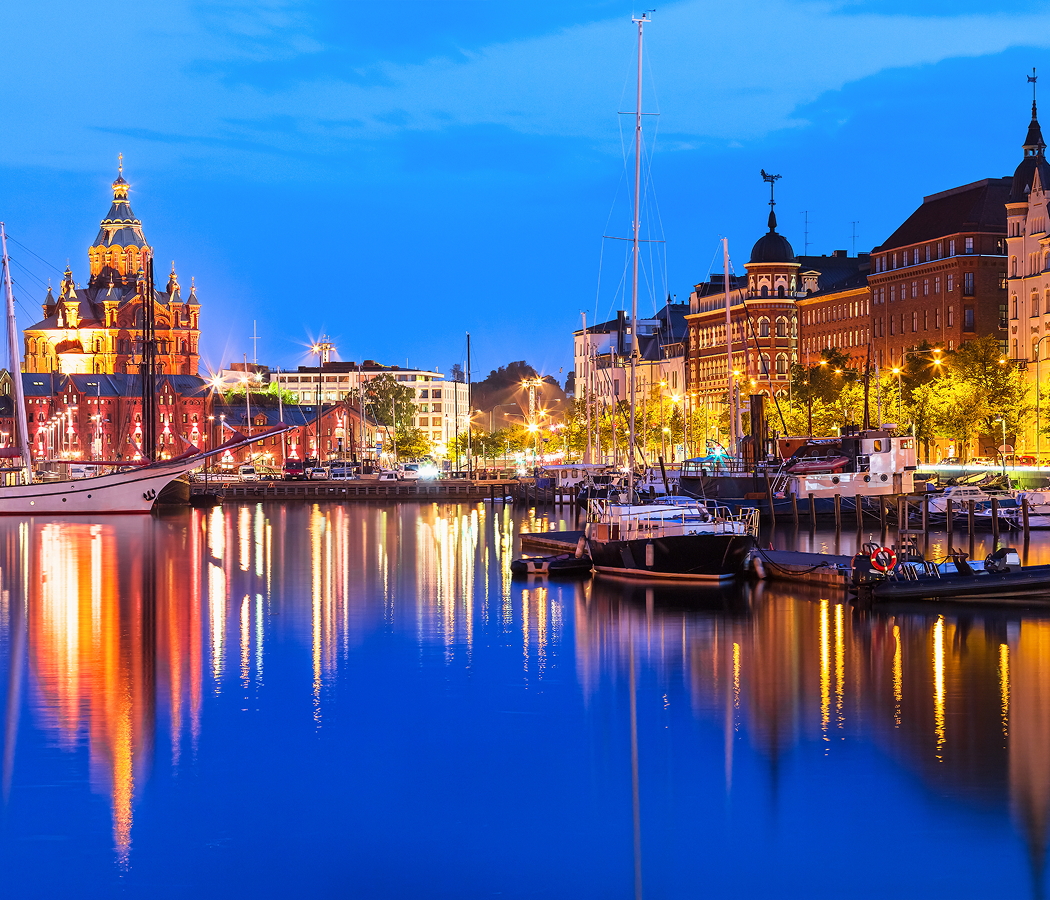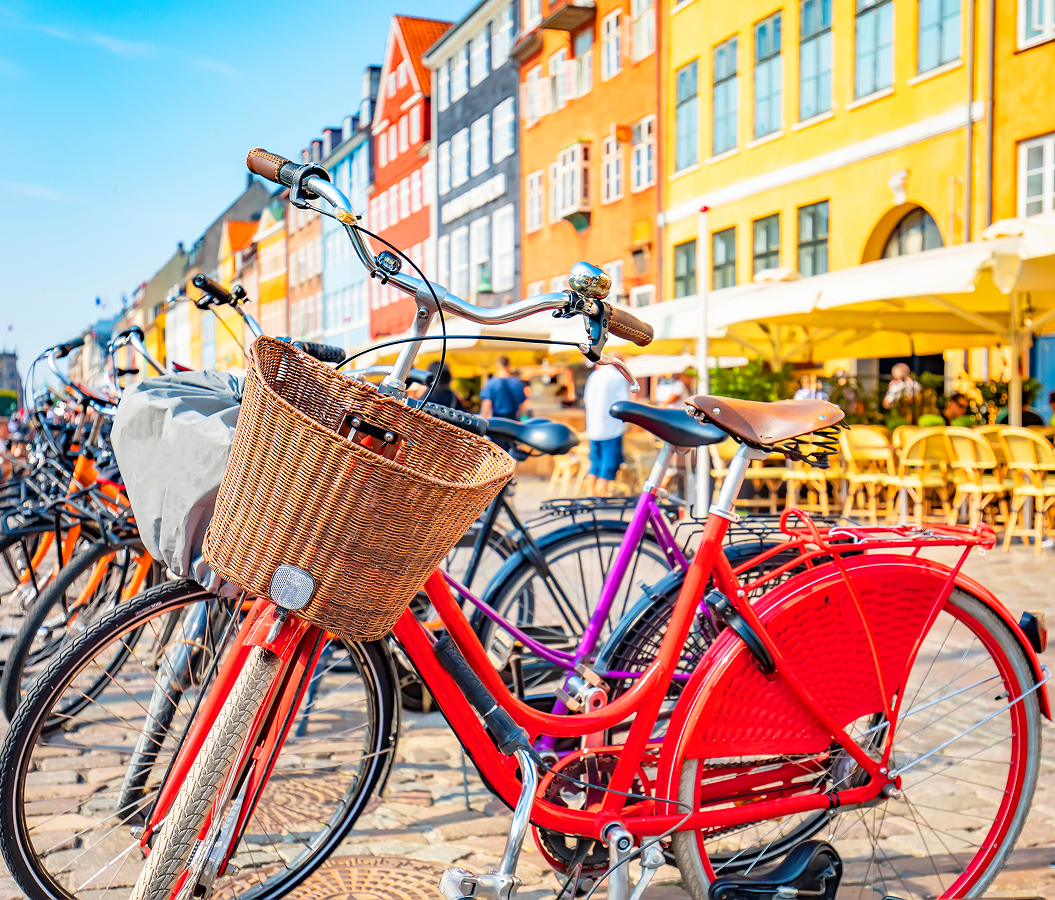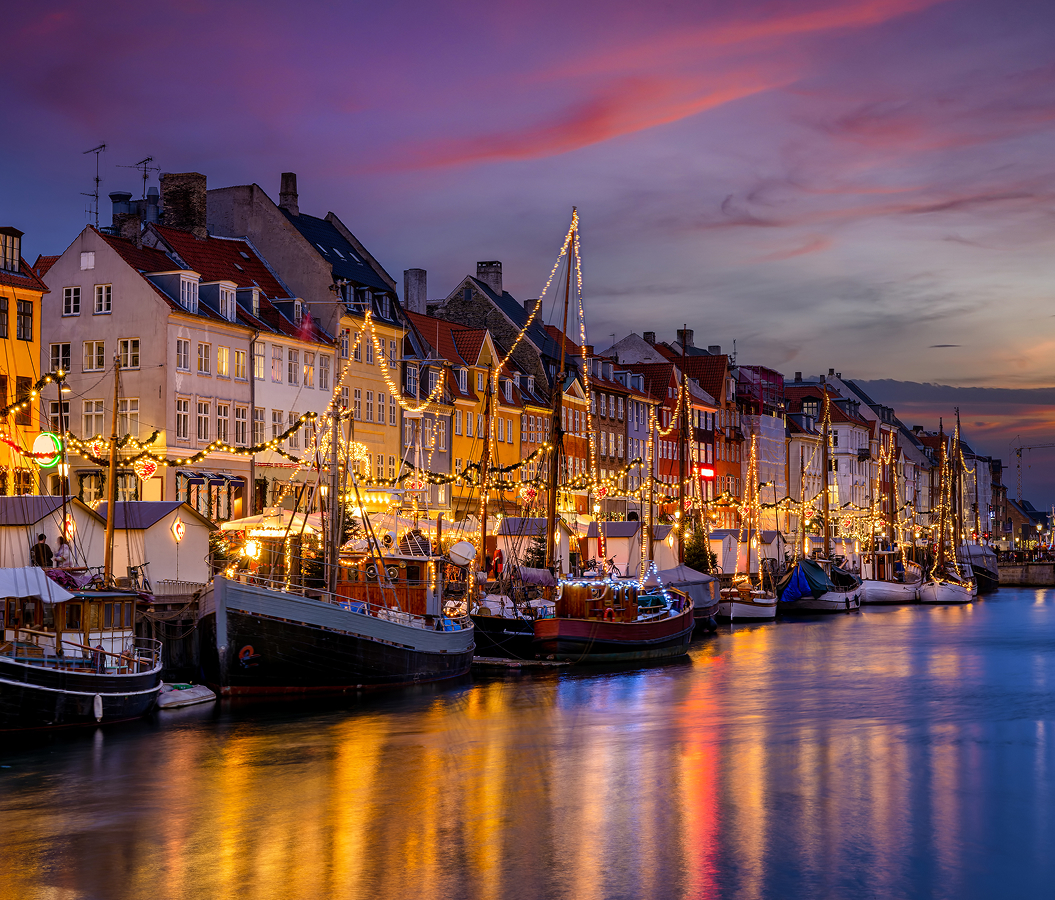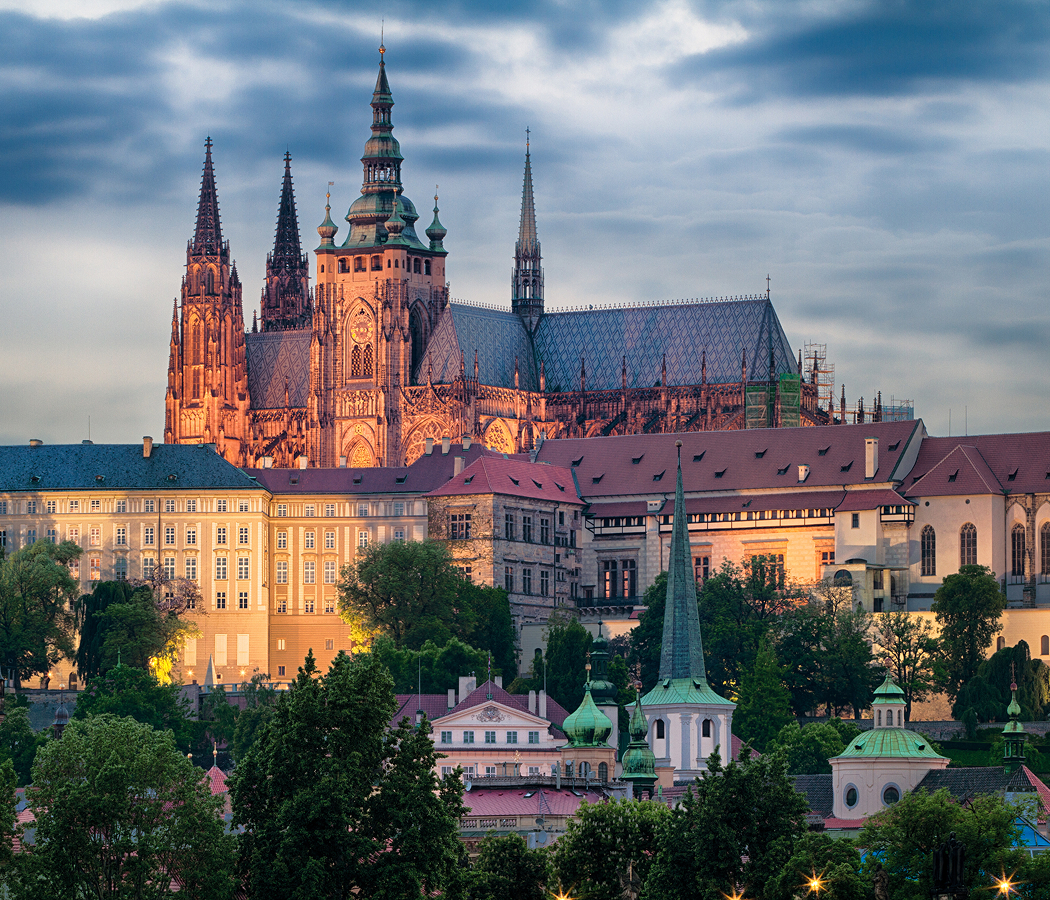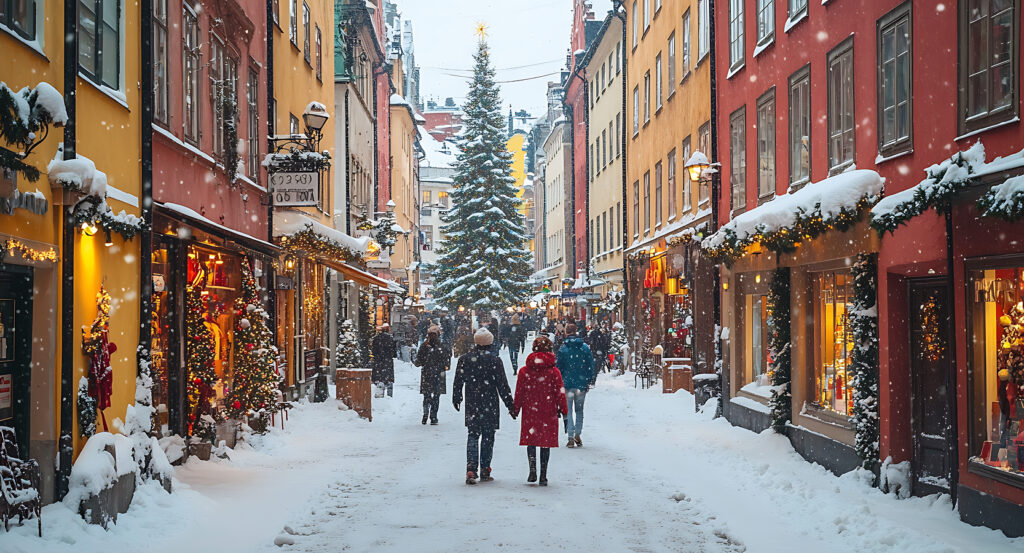
Why you should experience Gamla Stan in Stockholm.
Gamla Stan isn’t just a neighborhood, it’s a time capsule, a storybook island where Stockholm’s history, charm, and heartbeat all converge within cobblestone lanes.
This is where the city began in the 13th century, a medieval maze of ochre and rust-colored buildings rising between the Baltic Sea and Lake Mälaren. Walking its winding streets feels like entering another era: lanterns glow softly against centuries-old façades, the smell of baked cinnamon from local cafés drifts through the air, and street musicians fill the plazas with accordion melodies that echo off the stone. The crown jewel, Stortorget Square, radiates warmth and symmetry, lined with tall gabled houses that seem to lean toward each other like old friends sharing secrets. Around every turn, you’ll find something to linger over, a hidden courtyard, an antique bookstore, a tiny art gallery glowing in candlelight. It’s the kind of place where you don’t need an agenda; the joy is in the wandering. Gamla Stan isn’t just Stockholm’s Old Town, it’s the city’s living soul, still beating strong after 700 years.
What you didn’t know about Gamla Stan.
Beneath its postcard-perfect beauty lies a history as complex and resilient as Sweden itself.
Gamla Stan, meaning “Old Town,” occupies the original core of medieval Stockholm, an island that once served as a fortress and trading post for Vikings and merchants alike. Its network of narrow alleys and stairways was shaped not by design but by necessity, built to fit within the steep, rocky terrain of the island. Beneath those cobblestones lie layers of history, old cellars that once stored salt and spices from faraway lands, hidden tunnels said to connect royal buildings, and even remnants of Stockholm’s earliest defensive walls. The Royal Palace, standing on the site of the original Tre Kronor Castle that burned in 1697, remains one of Europe’s largest still-functioning royal residences. But what most visitors don’t realize is how close Gamla Stan came to disappearing, in the 19th century, parts of the district were almost demolished during modernization efforts. A later movement to preserve it not only saved the Old Town but helped inspire Sweden’s broader commitment to heritage conservation. Today, every detail, from its crooked doorways to its bronze statues, carries the weight of that triumph. Gamla Stan is not a relic but a survivor, a bridge between the mythic and the modern.
How to fold Gamla Stan into your trip.
To experience Gamla Stan is to give yourself over to its rhythm, slow, deliberate, and deeply human.
Start your exploration at Stortorget, the main square, where brightly colored façades frame cozy cafés perfect for sipping glögg on a chilly day. From there, stroll toward the Nobel Prize Museum, where the stories of world-changing thinkers are housed within one of the city’s oldest buildings. Continue on to the Royal Palace for the Changing of the Guard, then lose yourself in the side streets, Västerlånggatan for its lively shops and souvenir boutiques, Österlånggatan for quieter charm and local artisans. Step into the grand Storkyrkan Cathedral, home to Sweden’s most famous wooden sculpture, St. George and the Dragon, a timeless symbol of courage and triumph. For a more intimate touch, visit Mårten Trotzigs Gränd, Stockholm’s narrowest alley, barely wide enough for two people to pass. As evening falls, settle into a tavern that feels unchanged since the 1600s, where candlelight flickers on stone walls and Swedish folk songs drift through the air. When you step outside, the cobbles glisten under the streetlamps, the water reflecting the city’s golden glow. Gamla Stan isn’t just something to see, it’s something to feel, to breathe in slowly, as history and beauty weave together beneath your feet.
Hear it from the Foresyte community.
It’s like stepping into a fairytale someone forgot to edit. Crooked streets, tiny doors, and vibes that hit different when it’s snowing.
Where meaningful travel begins.
Start your journey with Foresyte, where the planning is part of the magic.
Discover the experiences that matter most.










